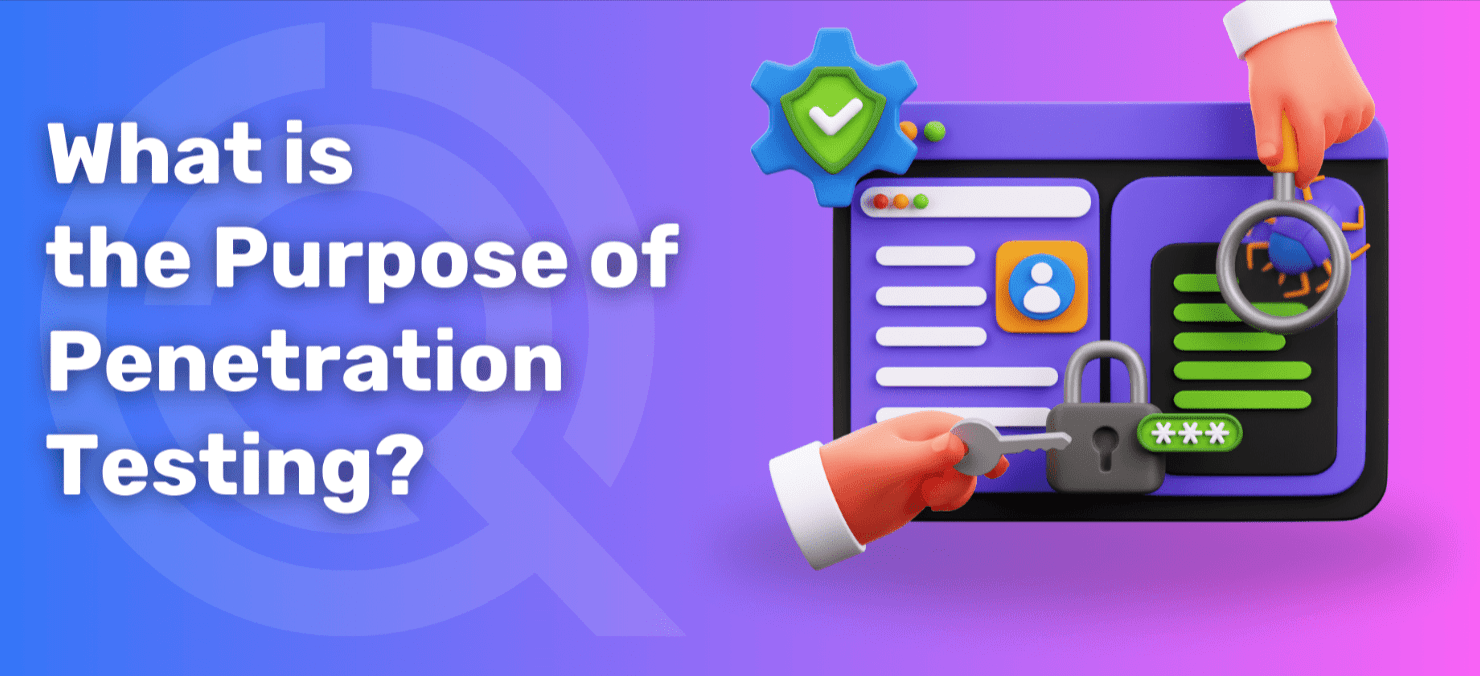How to Conduct a Wireless Network Penetration Test

This Write up is going to take us through an entire course on penetration testing starting with the first step, that is, with wireless networks-the term itself: "pen test". Do not fear if you are a very raw beginner; it's going to be so chill and simple to dig in, so just keep it glued and you will be very wizard-like with securing wireless networks and doing one's own top-drawer pen tests.
1. What is Wireless Network Penetration Testing ?
To check a wireless network's safety is to simulate an assault on it. Therefore, locating vulnerabilities in the routers, access points, and devices attached to the said network that actual intruders may take advantage of to break in or sabotage it is the main concern.
Penetration testers, also known as white hat hackers, constantly run tests to see where the network may be vulnerable in its design, setup, and functioning. They say, well, think of all the nasty cyber things our wireless networks have to be protected from, and give those networks the benefit of the doubt.
2. Reasons to Do a Wireless Network Penetration Test
Wireless networks super popular for both business and chilling at home, come with their own set of security headaches:
Weak Passwords and Encryption: Lots of wireless networks are guilty of using passwords that are way too simple or ancient encryption that doesn't cut it anymore. This makes them pretty much a goldmine for hackers.
Rogue Devices: Some sneaky folks set up nasty devices that snoop on network traffic and snatch up any personal info that's floating around.
Poor Configuration: If you mess up the settings on wireless access points, you're rolling out the red carpet for attackers to waltz right in.
Unauthorized Access: If a Wi-Fi network is too open or just not secured , folks who shouldn't be there can hop on, slow things down, and swipe sensitive info.
Throwing a penetration test at your wireless network can spot these weak spots and throw back some solid advice on making your network tougher.
3. How to Do a WiFi Network Pen Test
Now you get why WiFi network pen tests are a big deal, let's dive into the nuts and bolts of pulling off a WiFi network pen test.
Step 1: Getting Ready Before Diving In
Kicking things off with getting ready is a must-do. You're the good-guy hacker here, and you gotta lay down what you're checking out, like this:
Setting the Goals: Set out to understand the goals of doing a pen test. It may be to play with the new Wi-Fi setup, or to drill into the old one to find some of its weaknesses.
Get Approval: Pen tests mean that approval must be received from the person controlling the network. A rogue test done without consent is against the law and can land you in trouble.
Determine the Boundaries: Know which components will be looked at. You can include routers, signal boosters, devices using the network, and how the complete wireless setup is configured.
Gathering Information of the Equipment: You must know everything that connects to the wireless network. Everything: routers, signal boosters, smart gadgets, desktops, smartphones-you name it.
Decision on Test Setting: Decide whether to test in a live environment or a simulated one.
Step 2: Scouting and Info Collection
Scouting involves gathering all the info you can on the target network from a distance. Doing this sets you up well to plan your strategy and get a better grip on what you're dealing with.
Gear for Scouting:
Kismet: This is a tool that spots, eavesdrops, and looks out for trespassers on wireless networks nearby. Plus, it helps you sketch out the network layouts around you.
Airodump-ng: Handy for grabbing wireless data and spotting available access points and device connections.
Main Actions:
Spot those Wi-Fi Networks: You gotta start by using something like Kismet or Airodump-ng to spot all the Wi-Fi that's floating around you. Keep an eye out and jot down stuff like:
Encryption Type: You gotta see if the Wi-Fi is guarded by WPA2 WPA3, or that old-school WEP.
Channel and Frequency: Figure out what channels these networks are hanging out on.
Look for Devices Hooked Up to the Network: Once you've clocked those access points, peek at the gadgets hanging onto them networks. Tells you what kind of tech is lounging on the network and which might be ripe for the picking.
Step 3: Network Vulnerability Scanning
After collecting data, you move on to probe the network to spot weaknesses. You'll search for regular slip-ups and soft spots in how the network's put together.
Main Weaknesses to Hunt Down:
Conventional Encryption: The very simplest ones, that is WEP encryption, and any sort of encryption that is easily cracked with the help of automated processes. The thought of something like WPA2 or WPA3 should give you some kind of comfort though.
Old Passwords: Under no circumstance whatsoever should the router or the access points bear the default factory names and passwords.
Free Wi-Fi Password- No password; no protection for the entire wireless network. It is open to intruders without worries of protection.
Misconfigured Wireless Access Points: Here you would want to find wrongly configured access points that would outrightly threaten your security.
False APs: For the criminally minded, this would be an AP set up for the purpose of gathering sensitive information or recon.
Gadgets to Scan With:
Aircrack-ng: This toolkit audits wireless networks. It cracks WEP and WPA-PSK keys and checks network protections.
Wireshark: This tool is a strong analyzer for network protocols and sniffs out wireless traffic to study it.
Nmap: for inspecting wired networks, folks use Nmap on wireless networks to find open spots and weak areas.
Step 4: Hitting Weak Points
When you try to get into a wireless network by using faults you've found, that's the exploitation bit. It's all about poking at the real soft spots in the wireless network.
Typical Ways to Break In:
- Audits wireless networks: Aircrack-ng does so by cracking WEP and WPA-PSK keys and performing a check on the security associated with the particular network.
- Allen Wireshzark: Network traffic analyzer with a punch; was sniffed out for wireless traffic interception to analyze the protocols considered in it.
- Nmap: Nmap is used by people to inspect wired networks but also used for similar purposes on open networks to locate weak areas and open spots.
Exploiting with Tools:
Aircrack-ng: Cracks passwords for WEP, WPA, and WPA2.
Karma: Makes fake access points to trick devices into connecting.
Reaver: Attacks the WPS flaw in WPA2 networks.
Step 5: Post-Exploitation and Reporting
Once vulnerabilities are exploited, assess the successful attack's influence and collect evidence. Post-exploitation involves securing sensitive info and studying the attack outcomes.
Jobs in Post-Exploitation:
Breaking WEP: A very simple process using aircrack-ng to crack the encryption keys of a WEP network.
Breaking WPA/WPA2: Hackers can intercept the handshake when a machine connects to the network and later brute-force it or form it into dictionary attacks, with different tools.
Creating Fake AP: Hackers create bogus APs with the exact SSID as the real one to fool victims through connecting and stealing their information.
Spilling the Beans:
Write Down the Deets: Keep a sharp eye on the security holes you spot, the moves you make, and the gear you use to do your thing.
Throw Out Some Fixes: When you find a mess, tell 'em how to clean it up with some smart fixes, like beefing up the secret codes, not using those easy-to-guess passwords, and tidying up the system settings.
Step 6: Fixing Stuff and Checking Again
Once the testing's all done, the person owning the network needs to get moving on the stuff you found. This fixing bit means dealing with all those weak spots you spotted to make the network safer.
Stuff You Gotta Fix:
Adding Encryption-WPA/WPA2 is mandatory for any network to maintain confidentiality over WEP's forged security. So in order to allow the most secure networks, be sure to change the factory-set password usernames to user-chosen username and password.
Minimize access to users by implementing MAC filtering, disabling SSID broadcasts to keep others from abusing them-to the highest possible; in addition to this, keep security always in check: It does the testing, going any further to do penetration tricks and test for security.
After you perform the above steps, you need to verify everything is OK through penetration testing.
Conclusion
Security testing on wireless networks is very important to create hurdles for hackers. The measures mentioned would help test wireless network security's strength, expose any vulnerabilities, and then shore them up against intrusion attacks. Make absolutely certain that you ask permission prior to conducting the penetration tests, all in line with the rules and regulations.
Securing wireless network does not end. Keeping updated and exploring new tools, tricks, and tactics will ensure that the networks get a bulletproof seal from unauthorized people, preserving what treasures they are holding.


